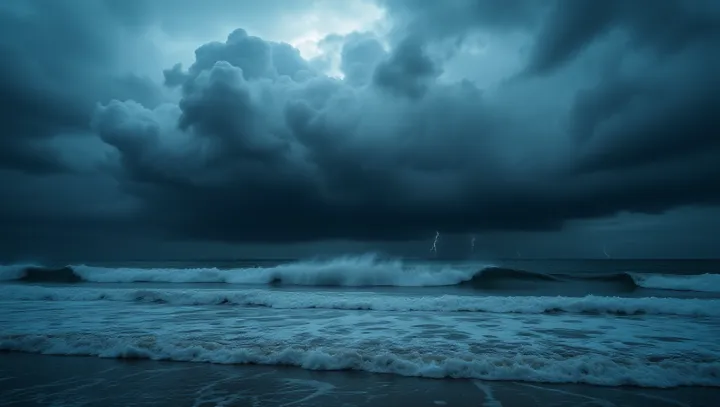The Anatomy of a Storm: Hurricanes Explained

In the Atlantic Ocean, a brewing spectacle of nature called hurricanes grabs attention annually due to its incredible force and potential for devastation. These storms, known scientifically as tropical cyclones, require a specific blend of conditions to initiate and thrive. The primary culprits in hurricane formation are the warm ocean waters, which provide the necessary heat and moisture.
This energy causes air at the surface to warm and rise, creating an area of low pressure. As Dr. James Weatherly, a climatologist, points out, 'The warm waters are essentially the fuel for these storms, initiating a chain reaction of atmospheric disturbances.' Above this developing system, favorable atmospheric conditions—such as low wind shear and moist air—help in organizing and intensifying the storm.
As it gains strength, what began as a simple climatic phenomenon can evolve into a formidable weather system capable of leaving large swaths of destruction. While much about the exact genesis of hurricanes is known, the increasing sea surface temperatures due to climate change are a growing concern. They potentially create more frequent and intense hurricanes, posing greater threats to coastal communities worldwide.
